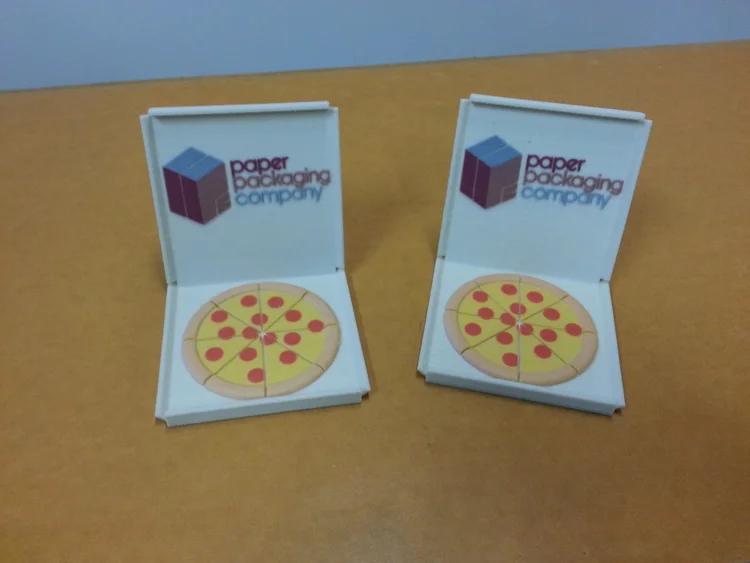Photo Credit: Duplex
RapidMade is thrilled to have played a supporting role in Ryan Woodring's powerful art installation, Decimate Mesh. Ryan uses 3D printing to recreate the artifacts recently destroyed by terrorists in the Middle East...
“Please joins us for the opening reception of Ryan Woodring’s latest works Decimate Mesh.
His latest work comes in response to the recent onslaught of videos released by terrorist groups depicting the destruction of sculptures and artifacts from Hatrean and Assyrian civilizations. This series examines the theme of reconstruction, a recurring concept in Woodring’s practice. Utilizing his background in the visual effects industry, Woodring reconstructs these artifacts both digitally and physically using only the pixels supplied in the videos. The accuracy of the reconstruction is dependent on the amount of screen time the object was given as well as the stability of the footage (i.e. camera shake, obstruction of the view of the object, etc.) Through this process of reconstruction Woodring explores digital dissemination as a complicated mechanism of both destruction and introduction—sensationalism and education—via 3D printed objects, manipulated videos, and fabric work.
Join us at the 1st Thursday opening August 6th, 2015. 219 NW Couch Street, Portland Oregon
6-9pm”






